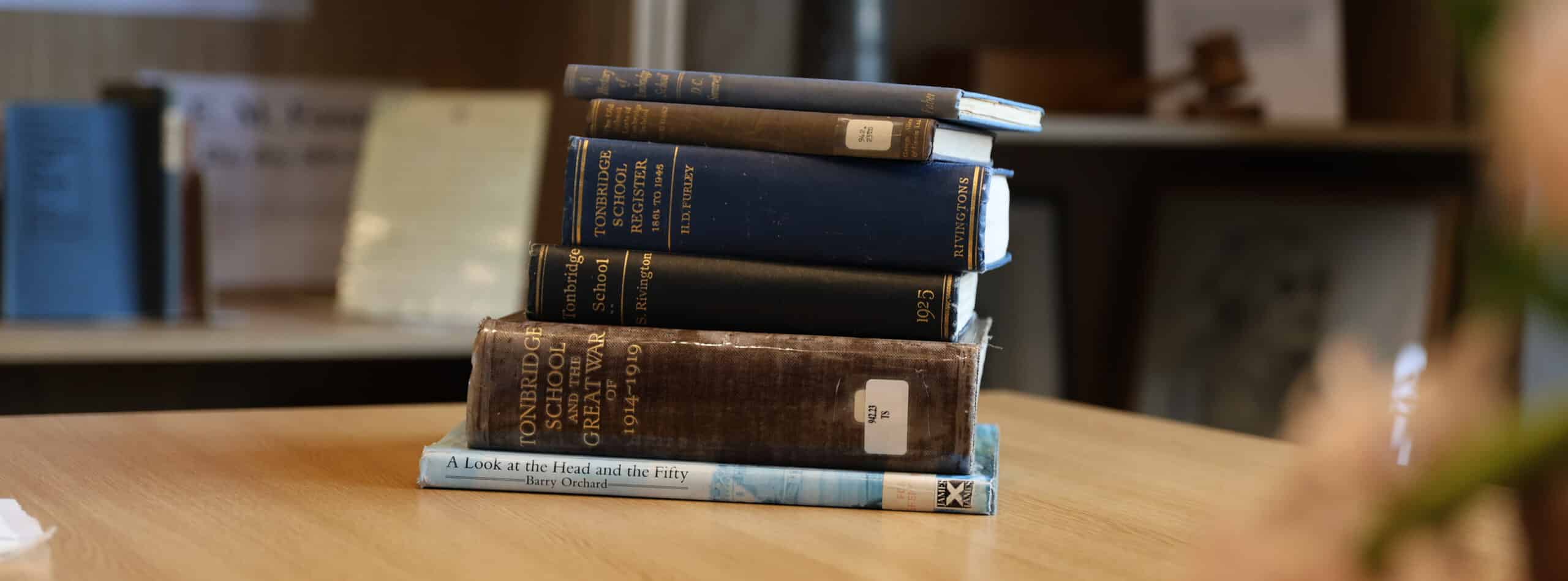Tonbridge School was founded in 1553 by Sir Andrew Judde, a distinguished member of the Worshipful Company of Skinners, which assumed the governance of the School after Judde’s death. Judde left property in London as an endowment for the School.
The Skinners’ Company remain the trustees of the School, though in 2003 an independent Board of Governors took responsibility for the governance. Judde also started the tradition of the Visitation, more commonly known as Skinners’ Day. He insisted that each year the Master, Wardens and Court of the Company should travel to the School to meet staff and boys, present prizes, and receive from the Headmaster an account of the year’s activities.
Founded in
Acres in north Tonbridge
Houses (7 boarding and 5 day)
From 1553 until the mid-nineteenth century Tonbridge remained a small local school, the numbers fluctuating between forty and ninety. In the second half of the nineteenth century numbers rose quickly – 139 in 1845, 447 by 1897. This expansion was fuelled by the coming of the railway to Tonbridge in the 1840s and the rising demand from the Victorian professional classes for an academic education for their sons. The newcomers were mostly boarders and they were housed in new boarding Houses established between 1870 and 1894. Two day Houses were established in the late nineteenth century and there are now seven boarding Houses and five day Houses in a school of just over 800 boys. Former pupils include the novelist, EM Forster; Nobel prize-winning chemist, Derek Barton; England cricketer, Colin Cowdrey; Marshal of the RAF, Lord Douglas of Kirtleside; and actor, Dan Stevens.
Tonbridge occupies an extensive site of 150 acres in north Tonbridge. In 1862 the School had a windfall when the pasture lands of St Pancras, in Judd’s original endowment, were sold to the London Midland Railway to build St Pancras Station. With the money the old School buildings were largely demolished and the existing main central School buildings were erected. New buildings have been added to the estate at regular intervals to serve the academic, sporting and cultural needs of the growing School. The Edwardian Chapel was badly damaged by fire in 1988 and magnificently restored in 1995.
The two World Wars took a huge toll on former pupils, 415 killed in the First World War and 301 in the Second. The School was nearly evacuated in 1940 in the face of an expected German invasion, but stayed to experience the Battle of Britain and the Blitz. In the post-1945 era, pupil numbers have doubled and Tonbridge has become one of the foremost academic schools in the country, with high levels of engagement and success in a wide variety of extra-curricular activity and on a campus with superb facilities. The School has put increasingly greater emphasis on community involvement at home and abroad, sustainability initiatives and collaboration with the wider family of state schools under the umbrella of the Skinners’ Company.




